Search
-
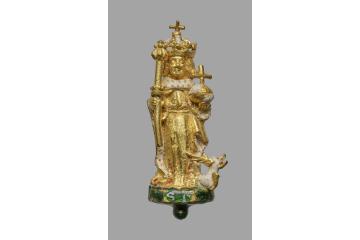 ©
The Trustees of the British Museum
©
The Trustees of the British Museum
King Henry VI Gold Figurine
Gold figurine depicting Henry VI as a saint which was possibly originally fixed to a larger vpprestigious object such as a crown.
Medieval 1485 - 1538 Medieval to Tudor
-
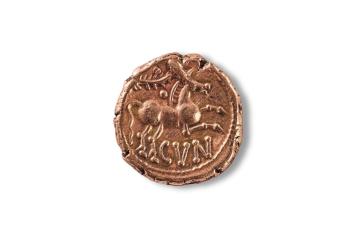 ©
NMAG
©
NMAG
Cunobelin Stater
A Celtic gold stater minted in the late Iron Age, bearing the name of Cunobelin, ruler of the Catuvellauni and Trinovantes tribes.
Iron Age 10 - 40 CE Geologic to Prehistoric
-
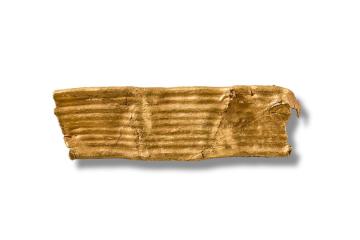 ©
NMAG
©
NMAG
Early Bronze Age Ribbon
A short piece of decorated gold strip or ribbon dating to the Bronze Age.
Early Bronze Age Geologic to Prehistoric
-
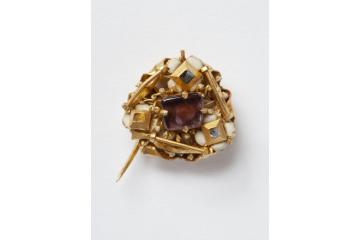 ©
Victoria and Albert Museum
©
Victoria and Albert Museum
Brigstock Jewel
Mid-15th century jewelled brooch or hat pin found in Brigstock, within the medieval Rockingham Forest which covered large areas of Northamptonshire.
Medieval 1450 Medieval to Tudor
-
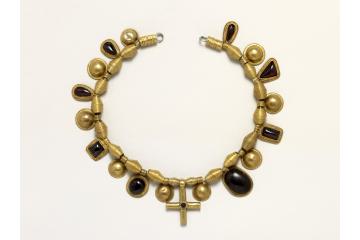 ©
The Trustees of the British Museum
©
The Trustees of the British Museum
Desborough Necklace
Dating to the late 7th century the Desborough necklace belonged to a high status Anglo-Saxon woman and is likely to be explicity Christian in meaning.
Anglo-Saxon 650 - 700 CE Roman and Early Medieval
-
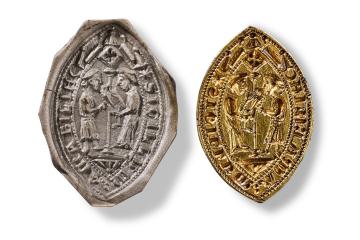 ©
NMAG
©
NMAG
Medieval Seal Matrix
A medieval silver-gilt seal matrix. Used to create wax impressions on documents, this is a rare example in the name of a medieval woman.
Medieval 1200 - 1350 Medieval to Tudor
-
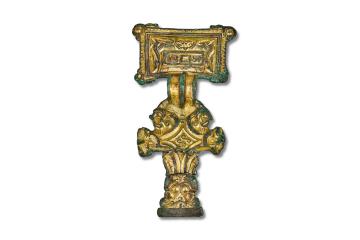 ©
NMAG
©
NMAG
Wakerley brooch
Excavated from a burial in an Anglo-Saxon cemetery, this square headed brooch is unusual in being marked with a runic inscription on the back.
Saxon 500 - 700 CE Roman and Early Medieval
-
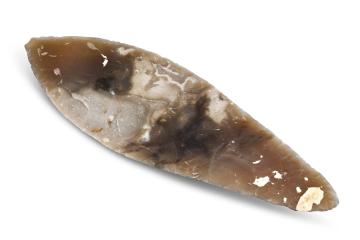 ©
NMAG
©
NMAG
Bronze Age Flint Dagger
This flint dagger was found in a male burial in a barrow along with other grave goods. It had never been used so may have been an ornamental or ritual piece.
Early Bronze Age 3300 - 2100 BCE Geologic to Prehistoric
-
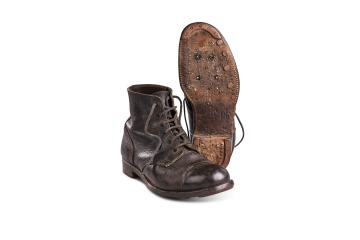 ©
NMAG
©
NMAG
Drayman's Boots
Hardwearing boots worn by the "kings of the road", labourers transporting goods by horse-drawn wagon for the railway companies between the wars.
1915-52 Modern
-
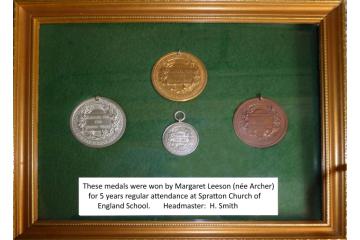
The 'Archer' School Attendance Medals
These are the Archer Attendance Award Medals, awarded to Margaret Archer, a pupil at Spratton CE Primary School between approx. 1907 and 1912. There are four medals, awarded for two, three, four and five years good attendance respectively.
1907 to 1912 Modern
-
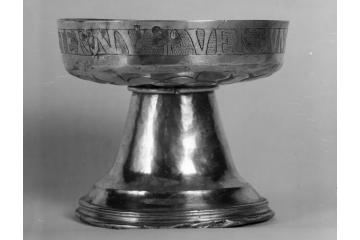 ©
The Trustees of the British Museum
©
The Trustees of the British Museum
Welford Cup
A silver cup, known as a Tudor grace cup, used as a domestic but ceremonial drinking cup passed around the table after prayers.
Tudor 1518/9 Medieval to Tudor
-
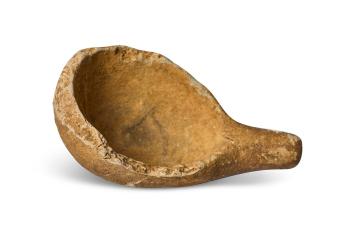 ©
NMAG
©
NMAG
Bronze Age Spoon
A rare Bronze Age Ceramic spoon found in a cremation burial found during excavations in Middleton Cheney.
Bronze Age 1970 - 1740 BCE Geologic to Prehistoric
-
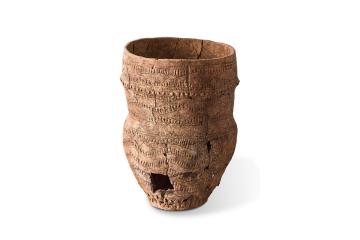 ©
NMAG
©
NMAG
Bronze Age Beaker
HIghly decorated pottery vessel, known as a Beaker pot. Found as part of a male burial marked by a Bronze Age round barrow.
2050 - 1900 BCE Geologic to Prehistoric
-
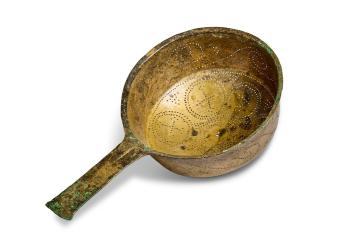 ©
NMAG
©
NMAG
Irchester Bowls
A collection of bronze vessels, known as the Irchester bowls, found in 1874 at the site of Irchester Roman town, near Wellingborough.
Roman 350 - 399 CE Roman and Early Medieval
-
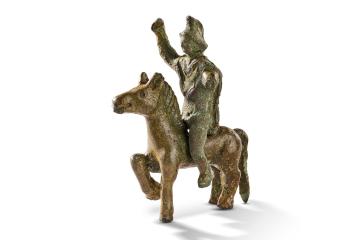 ©
NMAG
©
NMAG
Roman Horse and Rider Statuette
A bronze statuette of a horse and rider. This object is probably a votive or religious object left at the site of a Roman shrine.
200 - 399 CE Roman and Early Medieval
